Wind Damage to Roofs: How to Prevent and Repair
When a furious windstorm rolls through your neighborhood, your roof stands as the first line of defense, taking a direct hit. However, this protector of your house can end up bearing the brunt of severe wind damage that could lead to expensive repairs or even replacements. From missing shingles to leaks causing interior damage, it is crucial to identify early signs and prevent them whenever possible. In this blog post, we delve into how exactly wind wreaks havoc on your roof, practical preventative steps homeowners can take, and actionable advice on dealing with repairs post-damage. Trust us; you’ll want to be prepared for when the next big gust hits!
Yes, strong winds can cause damage to your roof. Depending on the severity of the wind, it can cause shingles to lift, crack, or even blow off entirely. It can also cause weakened areas on aging roofs or spaces around chimneys and vent flashing to allow water infiltration. We recommend having your roof inspected regularly, particularly after any major weather events, to ensure that it remains secure and undamaged.
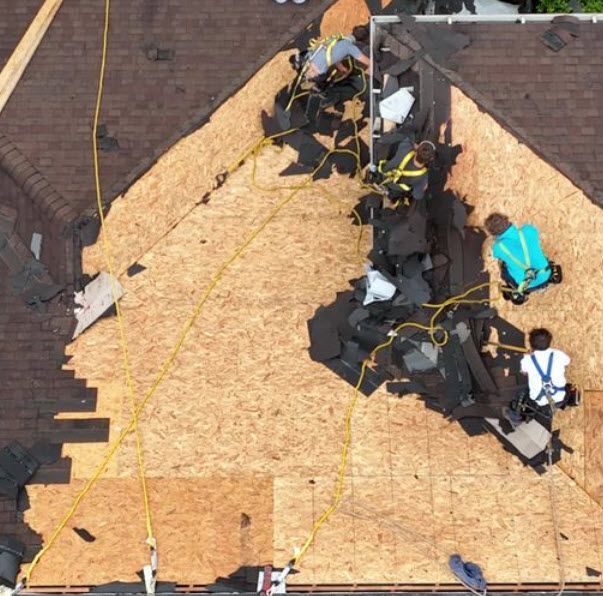
Understanding Wind Damage to Roofs
When it comes to the structural integrity of your home, the roof plays a pivotal role in protecting you and your belongings from external elements. However, one of the most common threats to roofs is wind damage. Understanding how wind can impact your roof is crucial in preventing and addressing potential issues.
Wind damage to roofs can occur due to various factors, including the speed and direction of the wind, as well as the condition of the roofing materials. High winds exert a tremendous amount of force on your roof, leading to potential damage that may compromise its functionality.
The first step in understanding wind damage is recognizing the different types of impacts it can have on roofing structures. These include:
- Uplift: Strong winds generate an upward force that can lift and loosen shingles or other roofing materials.
- Shearing: Powerful gusts can cause horizontal forces that result in tearing or displacement of roof components.
- Flying Debris: During severe storms, debris such as branches, tree limbs, or even airborne objects can impact the roof, causing damage.
The severity of wind damage depends on various factors such as the velocity of the wind, duration of the event, quality of installation, and maintenance history of the roof. It’s worth noting that older roofs are often more susceptible to wind damage due to natural wear and tear over time.
Understanding wind patterns specific to your geographic location is essential to anticipate potential risks. Certain regions are prone to frequent high-velocity winds due to their geographical features or climate conditions. Being aware of these patterns allows homeowners to take proactive measures before severe storms hit.
Impact of High-Velocity Winds on Roofing Materials
Strong winds can wreak havoc on roofs by inflicting extensive damage on the various materials that compose them. Different types of roofing materials respond differently to high-velocity winds, and understanding these impacts can help homeowners assess potential vulnerabilities.
- Asphalt Shingles: Asphalt shingles are commonly used in residential roofing due to their affordability and durability. However, they can be susceptible to wind uplift and tearing if not properly installed or maintained. High-velocity winds can result in shingle displacement, breaking or bending, granule loss, and even complete roof failure in severe cases.
- Metal Roofs: Metal roofs are known for their strength and resilience against wind damage. Their interlocking design and secure installation make them more resistant to wind uplift than other roofing materials. While metal roofs may sustain some cosmetic denting or scratching from flying debris, they generally fare well against high-velocity winds.
- Tile or Slate Roofs: Tile and slate roofs offer excellent protection and durability; however, their heavy weight makes them less prone to wind uplift during storms. Properly installed tile or slate roofs can withstand strong winds without significant damage, although individual tiles may occasionally crack or break upon impact.
- Wood Shakes or Shingles: Wood shake or shingle roofs provide a natural aesthetic but can be more vulnerable to wind damage compared to other materials. These roofs require regular maintenance, including inspections and repairs to prevent loose or lifted sections during storms with high-velocity winds.
It’s critical for homeowners to consider the local weather conditions when choosing roofing materials and ensure proper installation and maintenance to maximize wind resistance.
Signs of Roof Wind Damage
When a severe windstorm hits, your roof is often the first line of defense against its force. It’s crucial to be aware of the signs that indicate wind damage so you can take immediate action to prevent further issues. Here are some common signs of roof wind damage to watch out for:
- Missing or lifted shingles : Strong winds can uplift or completely remove shingles from your roof. Look for any visible gaps or areas where shingles are no longer intact.
- Loose or exposed nails : Inspect your roof for loose or exposed nails, as they can indicate that shingles have been loosened by the wind. Exposed nails pose a risk of leaks and further damage if left unaddressed.
- Cracked or broken shingles : High winds can cause shingles to crack or break, leaving vulnerable areas on your roof. These damaged shingles should be promptly repaired or replaced to maintain the integrity of your roof.
- Damaged flashing : Flashing around chimneys, vents, and other roof protrusions can become damaged during a windstorm. Check for any signs of bent, cracked, or displaced flashing that may compromise the waterproofing of your roof.
- Leaks and water stains : If wind has caused damage to your roof, it’s possible that water might penetrate the compromised areas and result in leaks or water stains on your ceilings and walls.
- Granule loss from shingles : Examine the gutters and downspouts for an excessive accumulation of granules washed off from the surface of your shingles. This could be an indication of wind damage.
It’s important to note that these signs may not always be immediately apparent from ground-level inspection alone. It’s advisable to have a professional roofing contractor conduct a thorough inspection to ensure all areas are properly assessed.
Indications of High-Velocity Wind Damage
High-velocity winds can cause significant damage to roofs, especially during severe storms or hurricanes. Detecting signs of high-velocity wind damage is crucial to address any potential risks promptly. Here are some indications to look for:
- Snapped or bent roof trusses : High-velocity winds exert substantial force on your roof structure. If you notice any snapped or bent roof trusses , it’s a clear indication of severe wind damage that requires immediate attention.
- Complete loss of roofing materials : In extreme cases, high-velocity winds can completely strip a roof of its materials, leaving it exposed to the elements. This level of damage may require a full roof replacement.
- Debris impact : Assess your roof for any debris impact marks or punctures caused by flying objects during the storm. These impacts can compromise the integrity of your roofing system and lead to leaks.
- Widespread shingle damage : High-velocity winds can cause widespread shingle damage across your entire roof surface. Look for signs such as multiple missing or lifted shingles, cracked/broken shingles, and granule loss.
- Damage to chimneys and vents : Check for any visible signs of damage to chimneys, vents, or other roof protrusions. High-velocity winds can dislodge or damage these structures, leading to potential leaks and further problems.
Think of high-velocity wind damage like a powerful punch to your roof – it leaves clear and widespread signs of impact that demand immediate action to prevent further damage.
If you observe any of these indications of high-velocity wind damage, it’s vital to contact a professional roofing contractor who specializes in storm damage repairs. They will conduct a thorough assessment and recommend the necessary repairs or replacement to restore the integrity of your roof.
Preventive Measures for Wind Damage
When it comes to wind damage, prevention is key in ensuring the longevity and stability of your roof. By taking proactive measures, you can minimize the risk of costly repairs and potential structural issues caused by strong winds. So, what are some effective preventive measures to consider?
1. Regular Roof Inspections: Conducting regular inspections by a professional roofing contractor is crucial. They will assess the overall condition of your roof, identify any weak points or areas susceptible to wind damage, and provide recommendations for reinforcement.
Imagine this scenario: You live in an area prone to frequent strong winds. During a routine inspection, a roofing contractor identifies loose shingles and deteriorated flashing on your roof. By promptly addressing these issues, you minimize the risk of wind finding its way underneath the shingles and causing significant damage during a storm.
2. Trimming Surrounding Trees: Overhanging branches or trees near your home pose a threat during high winds. Trim any branches that could potentially break off or be propelled onto your roof, causing severe damage.
Let’s say you have a tall tree with heavy limbs hanging over your house. During a storm with high-speed winds, one of those limbs could easily break off and crash into your roof, causing significant damage not only to the surface but also potentially compromising the structural integrity.
3. Reinforce Roof Attachments: Ensuring that critical components on your roof are properly secured and reinforced can make a significant difference in preventing wind damage. This includes items such as vents, satellite dishes, antennas, and HVAC systems.
Consider this: You recently had a new satellite dish installed on your roof, but it was not properly secured due to negligence from the installer. In a powerful windstorm, the dish becomes dislodged and acts as a projectile damaging both your roof surface and potentially other structures nearby.
4. Maintain Strong Roof Anchorage: Properly anchoring your roof to the underlying structure is essential in withstanding high winds. This involves using hurricane straps or metal connectors to secure the roof rafters and trusses to the supporting walls.
By implementing preventive measures such as regular inspections, tree trimming, reinforcing attachments, and ensuring strong roof anchorage, you significantly reduce the risk of wind damage to your roof. Taking these steps can help protect your investment and provide peace of mind during stormy weather conditions.
Proper Installation and Reinforcements
When it comes to preventing wind damage to roofs, proper installation and reinforcements play a critical role. It’s not just about having a sturdy roof initially; ensuring it is installed correctly and reinforced against strong winds is equally important.
1. Quality Materials: Using high-quality materials that are designed to withstand wind forces is essential for long-term roof durability. These can include impact-resistant shingles, reinforced underlayment, and properly rated flashing materials.
For instance, investing in impact-resistant shingles instead of standard ones provides an added layer of protection against wind-driven debris during storms. These specialty shingles are designed to resist damage from hail or flying objects, reducing the likelihood of significant roof damage.
2. Proper Fastening Techniques: Ensuring that roofing materials are properly fastened using industry-approved methods is crucial for wind resistance. This includes secure attachment of shingles, flashing, and other components according to manufacturer specifications.
3. Reinforcement Features: Incorporating additional reinforcements in roof construction can greatly enhance its resistance to strong winds. This can include using thicker gauge metal or adding bracing systems such as roof truss tie-downs or hurricane straps.
Consider a region known for frequent tornadoes. Homes in this area often utilize advanced reinforcement measures during construction, such as installing metal strapping to secure the roof structure to the walls or foundation. These reinforcements provide added stability and resistance against high-speed winds.
By prioritizing quality materials, proper fastening techniques, and incorporating reinforcement features during installation, you significantly improve your roof’s ability to withstand wind damage. These measures ensure that your roof is prepared to endure even the strongest gusts Mother Nature throws its way.
Repairing Wind Damaged Roofs
Wind damage can wreak havoc on roofs, leaving homeowners facing significant repair expenses and potential safety hazards. It’s essential to address roof wind damage promptly to prevent further deterioration and additional costly repairs. When it comes to repairing wind-damaged roofs, there are several key factors to consider.
First and foremost, it is crucial to assess the extent of the damage before proceeding with any repairs. Conduct a thorough inspection of your roof, both from the exterior and interior of your home. Look for signs such as missing or damaged shingles, loose flashing, exposed underlayment, water leaks, or sagging sections. Identifying the specific areas that require attention will help you prioritize repairs and allocate resources effectively.
Once you have assessed the damage, it’s time to determine whether you can tackle the repairs yourself or if professional assistance is necessary. While minor wind damage, such as a few missing shingles, might be feasible for a homeowner to handle, more extensive damage and complex repairs may require the expertise of a professional roofing contractor. Consulting with an experienced roofer can provide valuable insights into the best course of action based on your specific situation.
Steps to Roof Wind Damage Repair
Repairing wind-damaged roofs involves several crucial steps that need to be followed to ensure a successful restoration. Here’s an overview of the steps involved:
- Assessment and Inspection : Begin by thoroughly inspecting your roof for any visible signs of wind damage. Look for missing or damaged shingles, loose flashing, and other issues. Take note of the extent of the damage and make a list of repairs needed.
- Secure Your Property : If there are any exposed areas on your roof, it’s important to secure them temporarily to prevent further damage and water infiltration. Use tarpaulins or temporary covers to protect the interior of your home until permanent repairs can be made.
- Gather Materials : Before starting the repair process, gather all the necessary materials and tools, including replacement shingles, nails, adhesives, safety gear, and any other supplies required for the specific repairs.
- Remove Damaged Shingles : Start by carefully removing damaged or missing shingles. Use a pry bar or roofing shovel to lift and remove the damaged shingles, taking care not to cause additional harm to surrounding shingles or roofing components.
- Replace Shingles : Install new shingles in the empty spaces using appropriate nails or adhesive as recommended by the manufacturer. Ensure they are properly aligned and securely fastened.
- Inspect Flashing and Seals : Check all flashing around chimneys, vents, skylights, and other protrusions on your roof. Make sure they are properly secured and sealed to prevent water penetration.
- Check for Structural Damage : While repairing wind damage, take the opportunity to inspect the underlying structure of your roof. Look for any signs of sagging, rot, or other damage that may require additional repairs or reinforcement.
- Clean-Up and Maintenance : Once the repairs are complete, clean up any debris or materials left behind. Perform regular maintenance on your roof, such as cleaning gutters, to prevent future issues and prolong its lifespan.
Remember that these steps provide a general overview, and specific repair methods may vary depending on the extent and nature of the wind damage. When in doubt or if you lack roofing expertise, it’s always advisable to consult with a professional roofing contractor who can guide you through the process and ensure proper repairs are made.
The post Wind Damage to Roofs: How to Prevent and Repair appeared first on Ireland Contracting.


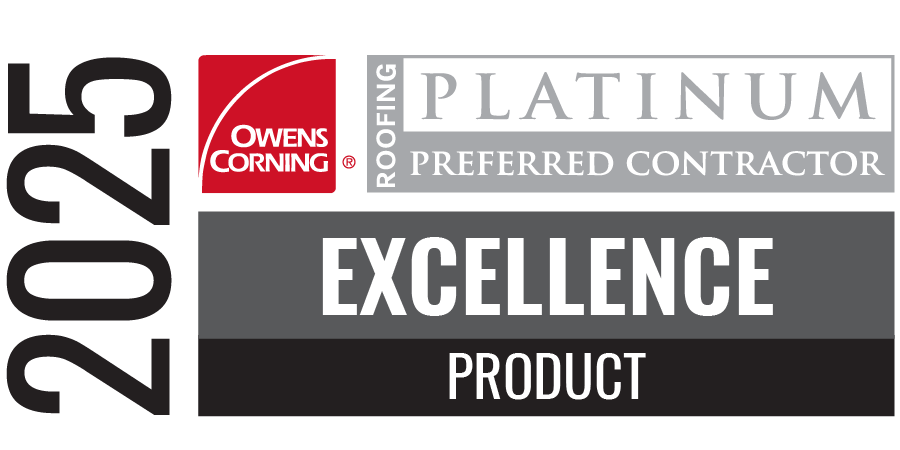

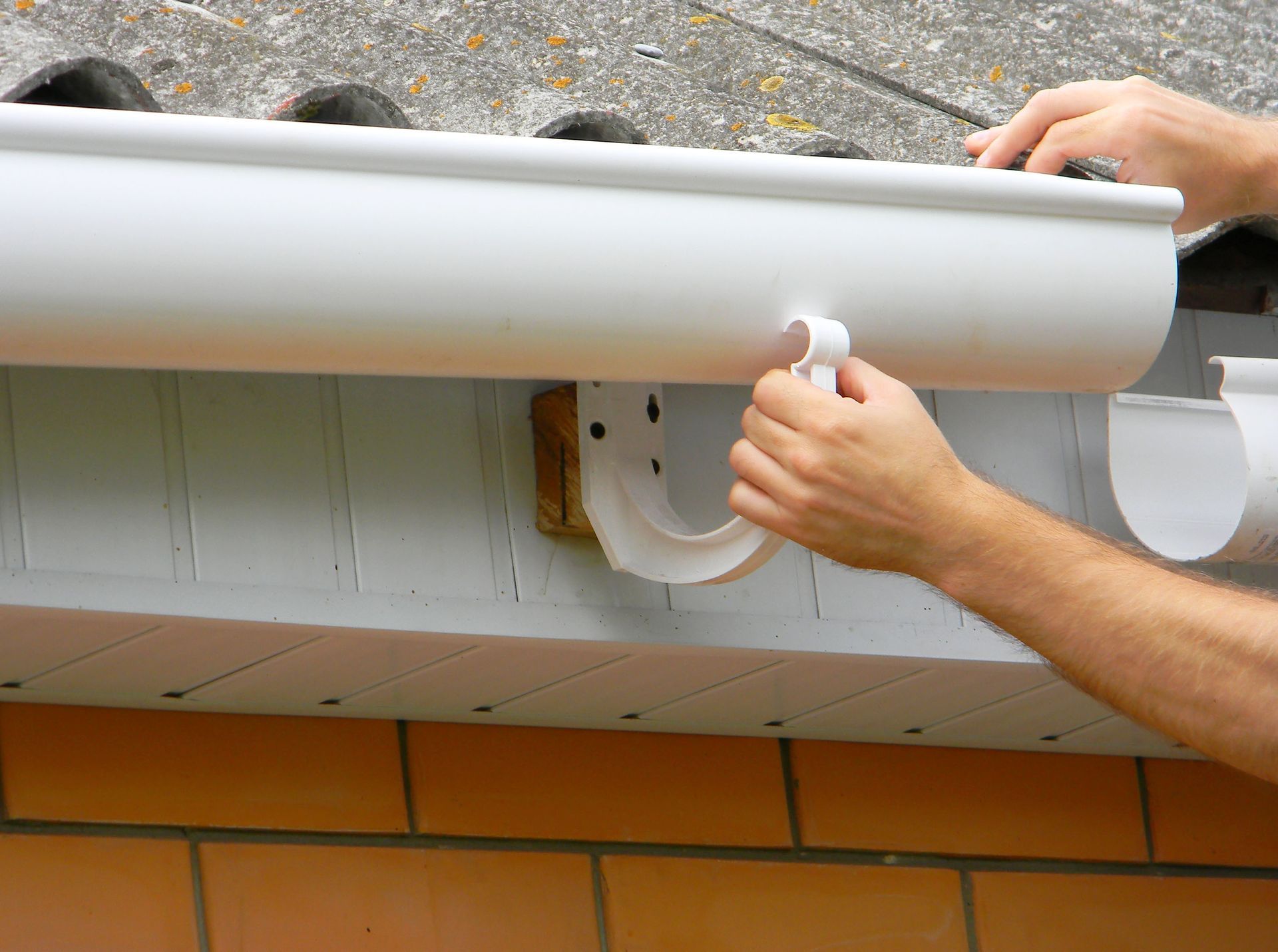
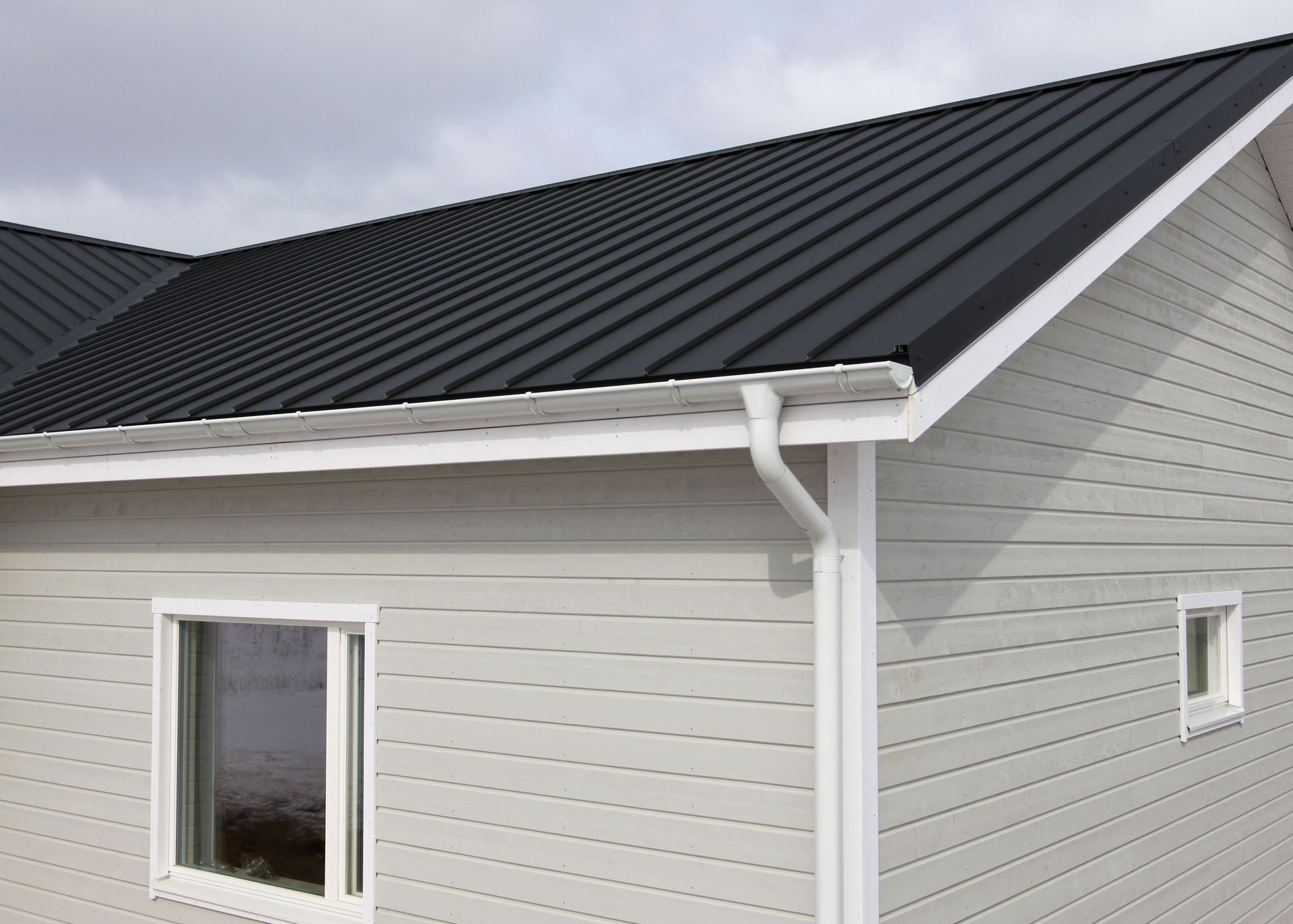
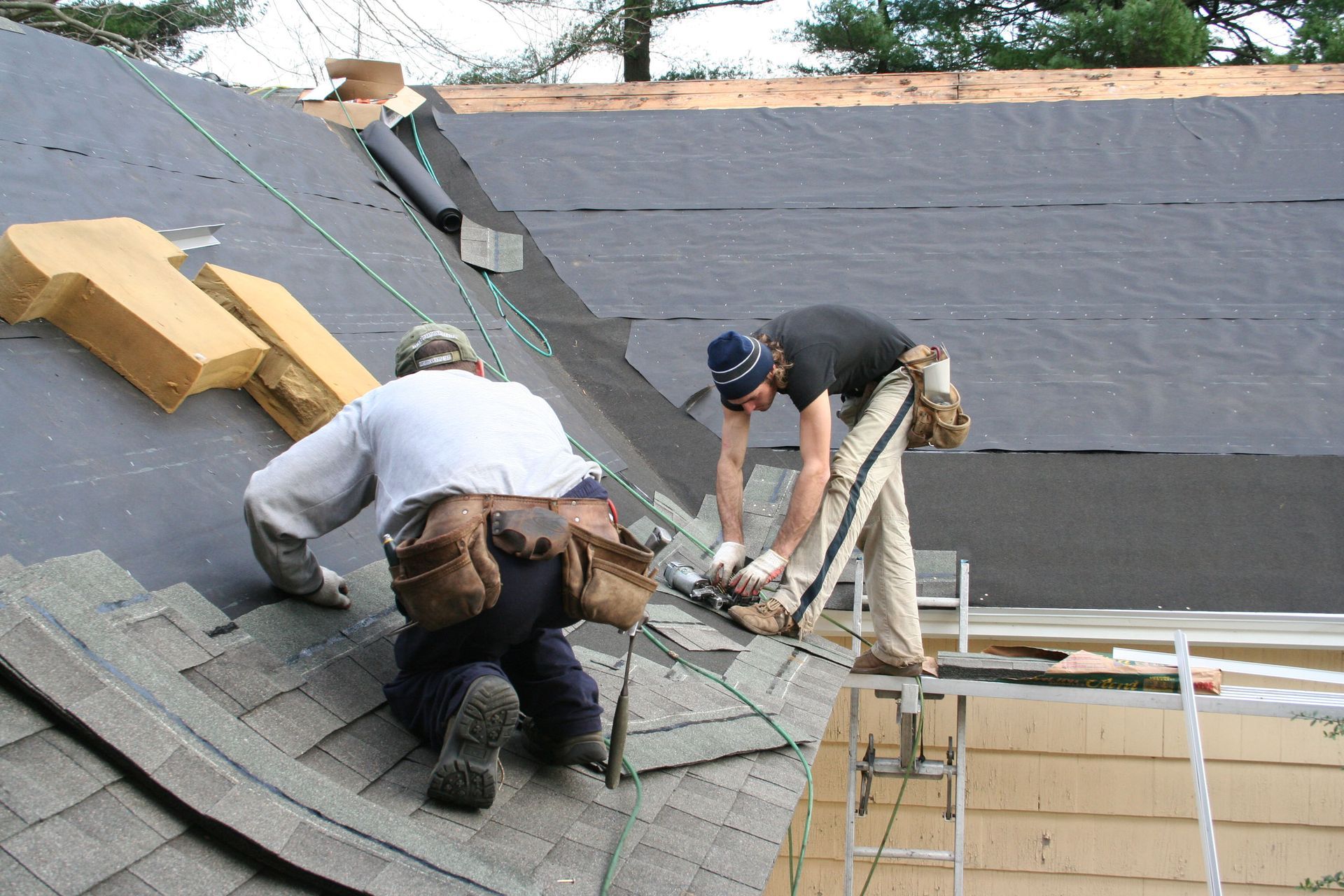
Share On: